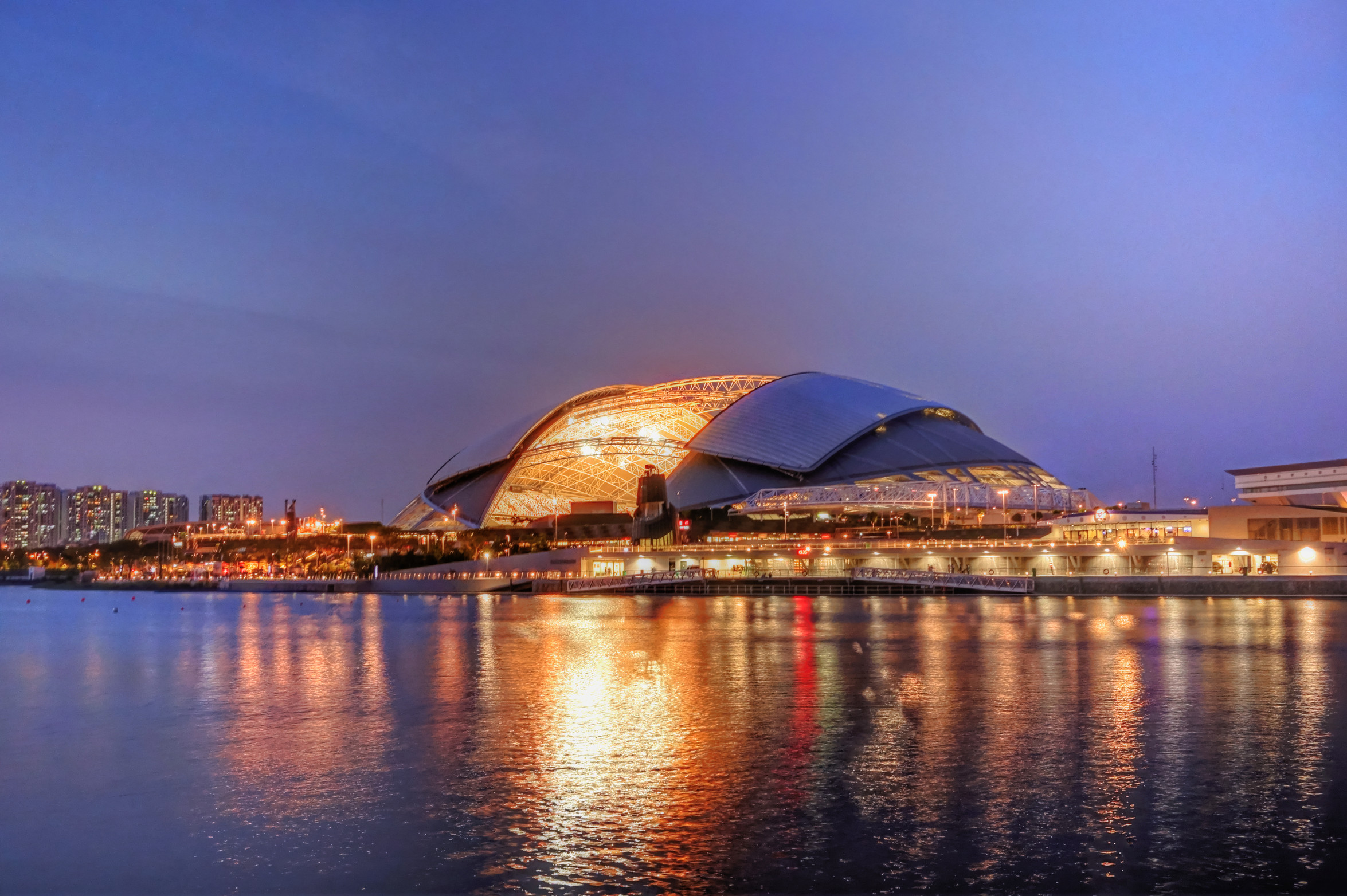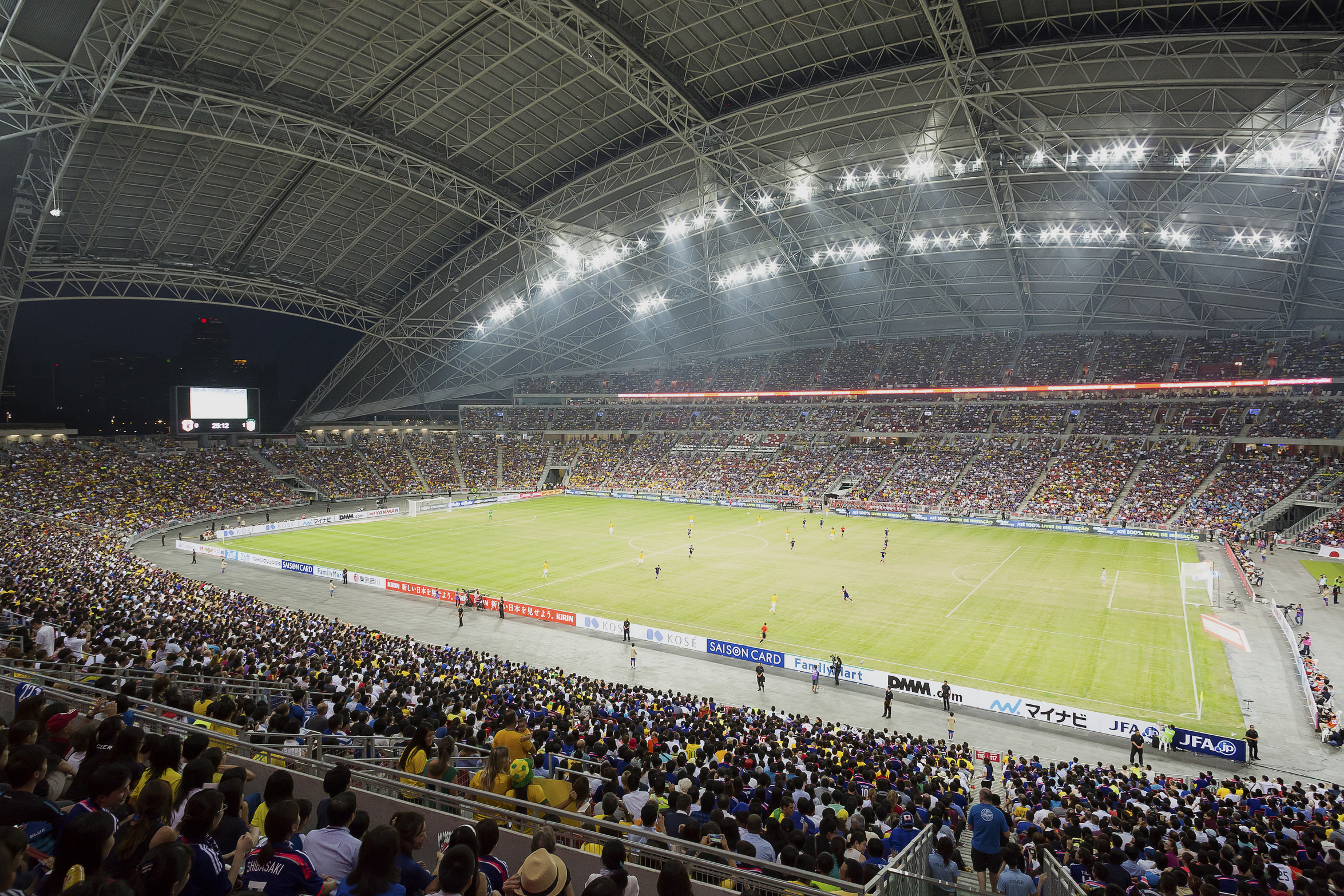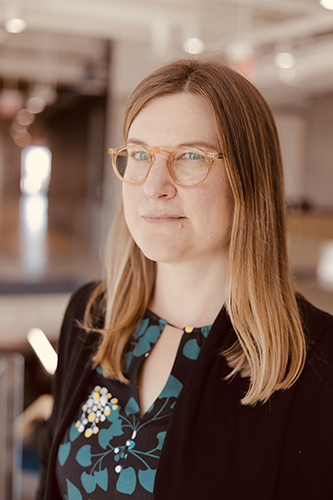Turning Around the Sound: Enhancing Crowd Experience for the Players
The invisible magic that makes sports come alive is suddenly in the spotlight. Something the AV and broadcast industries knew all along is reverberating across the global population of fans trying to enjoy some spectatorship during the pandemic: audio and acoustics make the game. Not just from an entertainment perspective, but from an athletic perspective. Performing to an empty house just doesn’t cut it.
Early on in the slow and careful return to spectator sports, to boost energy levels for fans and the players they love, several quick-fix solutions were put into place to add music and atmosphere, and in some cases to create a crowd presence to fill the void. Now that the experiments have had some time to mature, and teams and leagues have seen a little bit of what works and what doesn’t, some long-term ideas are formulating and we’re starting to see how some of these experimental solutions might resound.
 Singapore Sports Hub © Chris Harvey Arup
Singapore Sports Hub © Chris Harvey Arup
It’s undeniable that sports is about feelings. The emotions of a sporting experience, both for the spectators and for the athletes, are communicated through sound: music, chants, cheers, boos — all of these are essential for sharing feelings.
A lot of audio and acoustic science comes into play for those feelings to be properly conveyed. That was the premise of an article written by audio consultants at design and engineering firm Arup, “And The Crowd Goes… Silent,” which expounds on the historical nature of how crowd noise and venue acoustics change the game.
For decades, Arup has been working with stadiums and arenas to get to know their sound on an individual level; the firm’s research also provides valuable insights into the nature of how crowd noise enhances fan experience. So when COVID-19 caused sports clients to upend the ways they can safely resume athletic contest while attempting to recreate the atmosphere that athletes and spectators expect, some important questions needed to be asked.
 Singapore Sports Hub © Arup
Singapore Sports Hub © Arup
“It's definitely thinking about what’s the need or desire from the patrons versus the players, and what experience are we trying to give them? Is it an advantage or is it just a more engaging experience?” says Elizabeth Valmont, Associate Principal with Arup, who coauthored the article. “You start with the why and the who first, then you can think about how.”
Arup has a long history of helping sports clients reimagine their venue operations and fan experiences, combining historical understanding with ideas related to the many technological offerings that enhance events. When the pandemic struck, the firm quickly developed new plans and approaches, aided in part by its archival measurements of individual stadiums and arenas, and deep R&D into the creation of simulated acoustic environments via its SoundLab.
With all these resources at hand, and a constant stream of understanding and insight as more leagues and teams regain the field, the opportunity to try new things may actually be a good thing, says Alex Donkle, Senior Consultant with Arup. “In some ways, it’s almost accelerated the ability to try out new ideas and how AV can be used in instated stadium, because now the possibilities are so wide open. They’re being forced to accelerate technologies that were already experimented with previously.”
-ulrich-rossmann_arup.jpg?sfvrsn=333aae18_6) Allianz Arena Munich © Ulrich Rossmann Arup
Allianz Arena Munich © Ulrich Rossmann Arup
At first, fast and tactical solutions were employed to try to make game-play happen. But soon, longer term notions started to develop. “This is giving us an opportunity to question, what are the aspects of crowd noise that are essential, what aspects could we do away with, and which aspects could we transform in some way?” asks Willem Boning, Senior Consultant with Arup, who also coauthored the article. “We are going to see some of these things become permanent and we are going to see them filter back into the design of stadiums, into the design of AV systems, and to the design of marketing and customer engagement.”
Prior to this pandemic, sports venue clients were already seeking new ideas for how stadiums could be designed for use at different capacities. The concern that a stadium look and feel full was a top consideration. Whether it was enabling physical alteration of the space with moveable partitions or other acoustic or sound reinforcement options, ideas were percolating about how to make it possible to host more events and reach a wider demographic. “We will certainly add that to our design arsenal even after this is dissipated,” Boning says. By designing “new options for making the giant bowl of the stadium or arena scalable to different levels of intimacy.”
Another audience expansion element that will likely arise from these COVID-19 innovations is a hybrid approach that many expect will emerge from these remote-participation times. The technology infrastructure of these venues might evolve to support wider participation from remote viewers. This presents another challenge from an investment perspective, but it’s essential that stadium and arena clients as well as sports leagues think about “the continuing progression of where the technology will relate to what they do in the physical world,” says Raj Patel, Principal with Arup. “If you can work out what’s really important to your fans and you work out how to give them the best experience, you might actually be surprised at which technologies line themselves up to actually ultimately produce that experience.”
-ulrich-rossmann_arup.jpg?sfvrsn=d9096c9a_6) Allianz Arena Munich © Ulrich Rossmann Arup
Allianz Arena Munich © Ulrich Rossmann Arup
That experience may well be home viewing, with a broadcast audio offering that could be enhanced for fans or subscribers to a particular team or sport’s online viewing portals. Creating the blend will be the new art for the next era of athletics, observes Patel, by layering pieces of experience in a way that works for a particular event, team, or venue. “It’s like mixing a great piece of music or an album. It’s going to be about a composition of things that result in the right outcome — and perhaps a surprising outcome that the individual pieces wouldn’t have given you by themselves.”
Related: Reimaging Audio and Acoustics for Sports Venues
In other leagues and sports, stadiums and arenas are making adjustments as seasons evolve and some venues allow for socially distanced groups of fans to attend games.
ATK Audiotek has helped to reconfigure audio systems for these modified arrangements, helping to make up the sonic gap that occurs when an 80,000-seat venue is only holding a fraction of that number of fans.
With so little actual crowd noise, PA systems are being reconfigured to help put some energy back onto the field. Where typically a sound reinforcement system is designed to keep audio off the field, so as to prevent excessive distraction and interference with referee mics, now there is a need to send some sound to surround the players — and mask their intrateam communications and some of the colorful language used during games.
To accomplish these audio tasks, many teams and leagues and venues see this as a temporary solution, creating opportunities for sound equipment rentals. “You bring in some boxes,” says Michael MacDonald, President of ATK Audiotek, “injecting the sound on the field by providing some small number of line array boxes in two, three, or four locations on each side of the field, with possibly some subwoofers.”
Then you get into the question of home field advantage, and who operates the crowd noise systems. And add to that the question of whether that sound technician can recreate the unique sounds of a particularly venue, like Seahawks Stadium or Lambeau Field, which are famously loud. “Is it somebody that's not familiar with the team? Is it somebody who's a team tech guy — but he's playing clips for both sides of the field — so there’s a belief that this could be used as an offensive tool or a defensive tool, depending on what clips are played.”
As those questions are answered while seasons continue on, companies like Clair Global are helping sports clients with flexible options. “With crowd noise enhancement, it's just really how do you bring energy back in not only for the broadcast but for the players,” asserts Kelsey Gingrich, VP of Product and Integration with Clair Global. “How do you recreate that element in a way that feels natural. And I think we have the ability to customize it based on whatever the team is trying to accomplish. We’re trying to give a tool box that they can pull from and try different things. And then we're just trying to be nimble enough to adjust to the feedback they get.”




